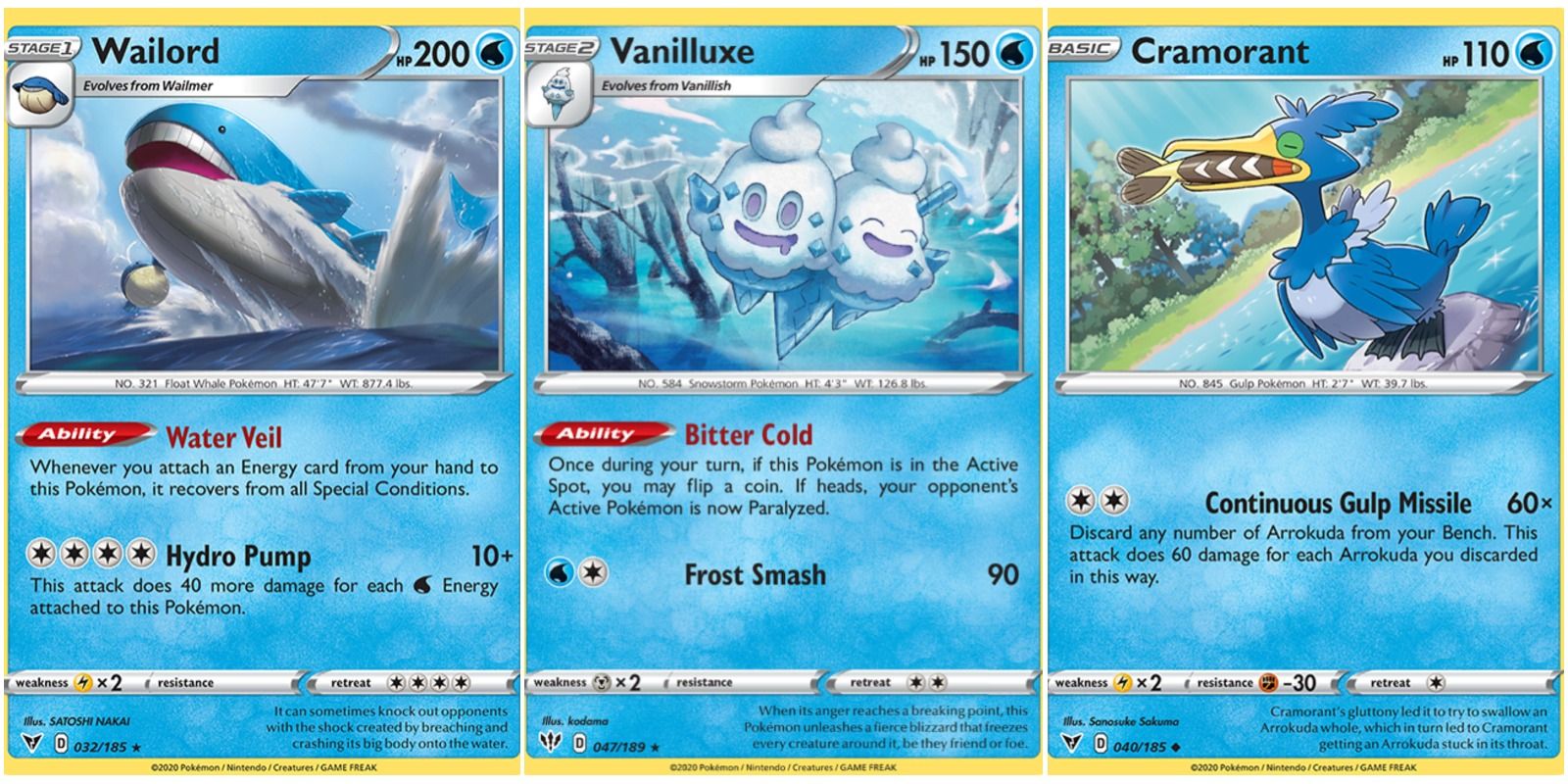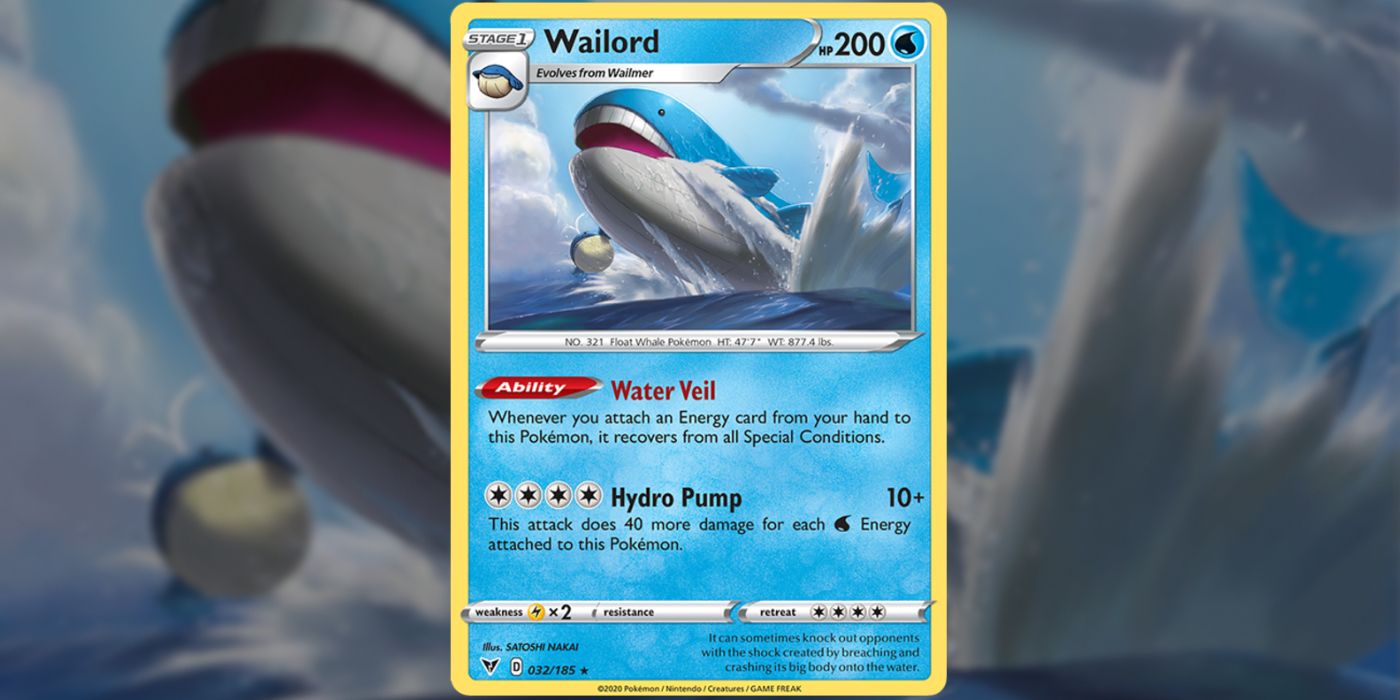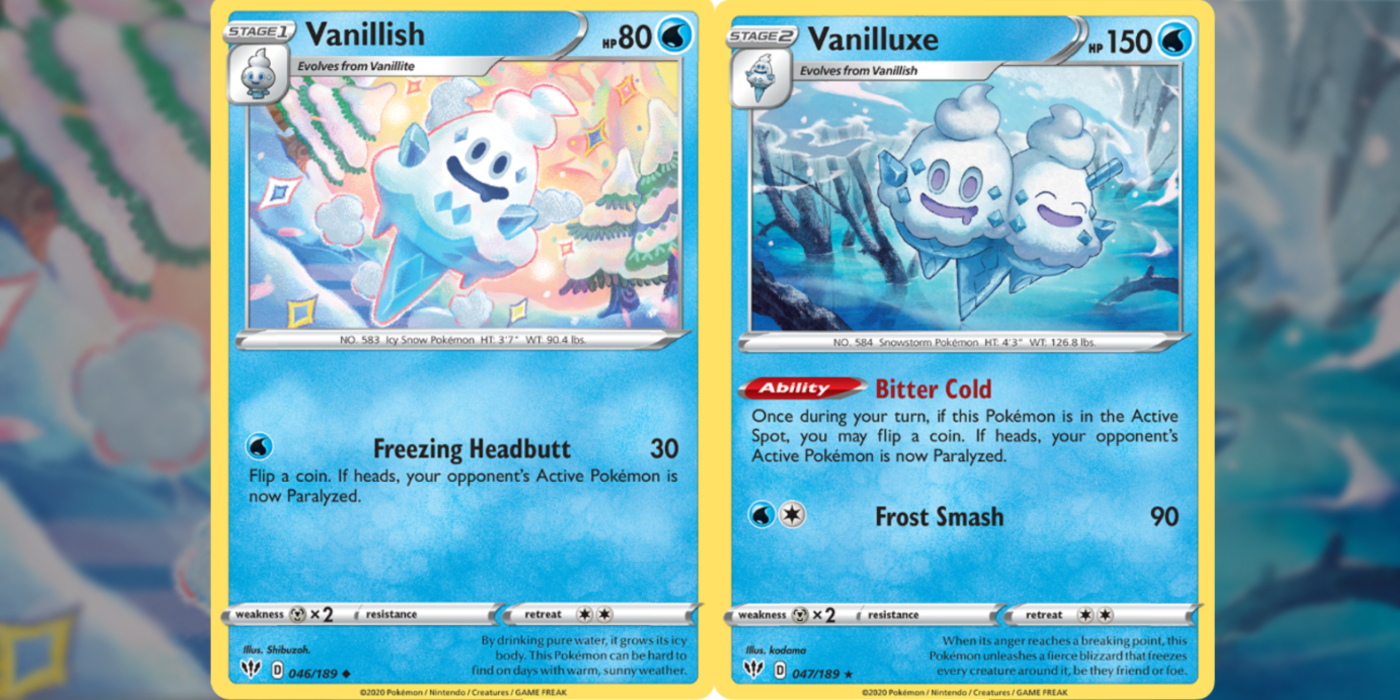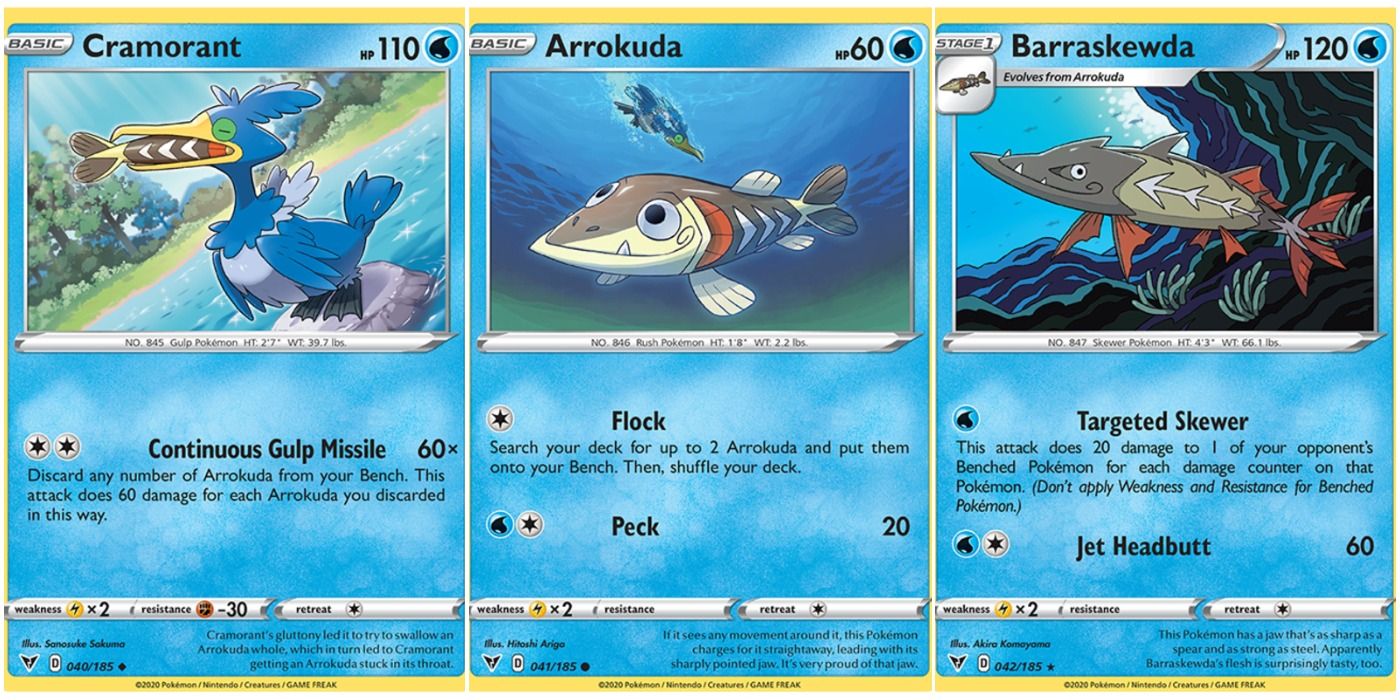
Each type in the Pokemon TCG represents one or more types from the video game franchise. Water in the card game comprises all pure Water-types, many dual-types, as well as the same for Ice-types. This gives the whole group a variety of strategies to draw from that can be mixed due to elemental synergy. Needing the same type of energy card for two or three different tactics can really overload one's opponent and leave them stretched for resources as well as keep them on the defensive.
RELATED: Pokemon: 10 Beginner Tips If You're Just Starting The Card Game
However, in such a manner it is also possible to overextend oneself. Though this is less of a problem for certain water pokemon in the TCG because they get exponentially more powerful as they gain energy as opposed to most pokemon who only get additively stronger. They can also paralyze foes as well as string together some cool combos. Water type decks are all about manipulating energy, as well as possibly stunning the opponent's pokemon, while utilizing unique secondary strategies for an unpredictable and appropriately fluid offense. Much like a rogue wave that the enemy won't see coming until it crashes down upon them.

Water types have "Plus" energy attacks, moves with a plus sign to the right of the damage number. These kinds of moves get a flat bonus to their damage output for water energy, and they mostly only exist on water type cards. The Wailord card from the Vivid Voltage expansion is a great example of this. Even though it takes a total of 4 energy to unleash their Hydro Pump attack, it will always deal massive damage when launched. The base 10 damage plus the optimal attachment of 4 water energy results in a 170 damage assault that has no negative downside for the user.
It is a normal attack as well, so, unlike Pokemon GX attacks, it can be used repeatedly. This kind of move, usually called "Hydro Pump", has been seen on water type pokemon cards since some of the earliest sets featuring the very first water starter line. Blastoise was the original user of this watery weapon, though variants have flourished since its inception.

Although the "Frozen" status does not technically appear in the TCG, the Paralyzed special condition fills in for it as a more versatile mechanic. Making a foe Paralyzed is not a water-exclusive strategy, as grass and electric pokemon can unleash this effect as well, albeit for different lore reasons. However, some modern water pokemon cards can launch attacks with a chance to inflict this condition with less average cost than most.
RELATED: Pokemon TCG: How To Make The Best Grass Deck
One such card is the evolution of Vanillite found in the Darkness Ablaze expansion, Vanillish. For only a single water energy, this stage 2 pokemon can deal minor, but quick, 30 damage per attack with a chance to make the foe Paralyzed. With a bit of luck during the coin flips, this can leave the adversary crippled and weakened, unable to respond. Not only can this allow trainers to dominate the battle, but it can also give them time to draw and play Vanillish's evolution, Vanilluxe; an ice pokemon that is even more adept at freezing foes.
Vanilluxe has an ability called Bitter Cold that lets their trainer flip a coin free of cost (save for having Vanilluxe in their active pokemon slot) that can make the opposing active pokemon Paralyzed. Having an ability to do the freezing leaves Vanilluxe able to attack with the 90 damage Frost Smash that only requires 2 energy. In two or three turns, given good draws, one can go from a no-energy Vanillite to a full-power Vanilluxe that acts essentially like a living blizzard.

Strategies involving different cards can be found among all types, though there are some especially cool ones seen in the more recent expansions. In the Vivid Voltage set, there is a Cramorant card that can do 60 damage multiplied by how many Arrokuda cards are discarded from the bench. Since Cramorant is a basic pokemon, it can be played immediately, making it a great lead pokemon due to its sufficient 110 HP. Their Continuous Gulp Missile costs 2 energy of any type, making it very quick to set up. With one of the common Double Colorless Energy cards, this move can potentially be used on the first turn that Cramorant is active.
However, the Arrokudas themselves are not simple ammunition. Having a single one in hand as the battle begins can lead to a quick and devastating early-game strategy. Playing one of these slender aquatic pokemon on turn one, along with an energy card, can let a trainer summon two of their brethren from the deck onto the bench. On the next turn, retreat the active Arrokuda back to the bench and send out a Cramorant. If one also has a Double Colorless Energy, they can play it onto their avian ally and unleash a Continuous Gulp Missile for a colossal 180 damage. This low-cost tactic is likely to knock out almost any opponent. Being so early in the game, if the opposing trainer has no other pokemon, this can net a quick and decisive victory.
There may be times when this strategy does not go as planned, due to it needing 4 specific cards for it to work, though there is another tactic that can be added on with minimal effort and resources. Including some Barraskewda cards, which Arrokuda can evolve into, can give one an excellent fallback strategy. If one's Cramorant gets knocked out before they can use Continuous Gulp Missile, this will leave their trainer with a bunch of comparatively week Arrokuda, which would get knocked out fairly quickly. Evolving them into Barraskewda will result in a fast, moderate-HP card that can directly damage the active opponent or even assault their benched pokemon.

